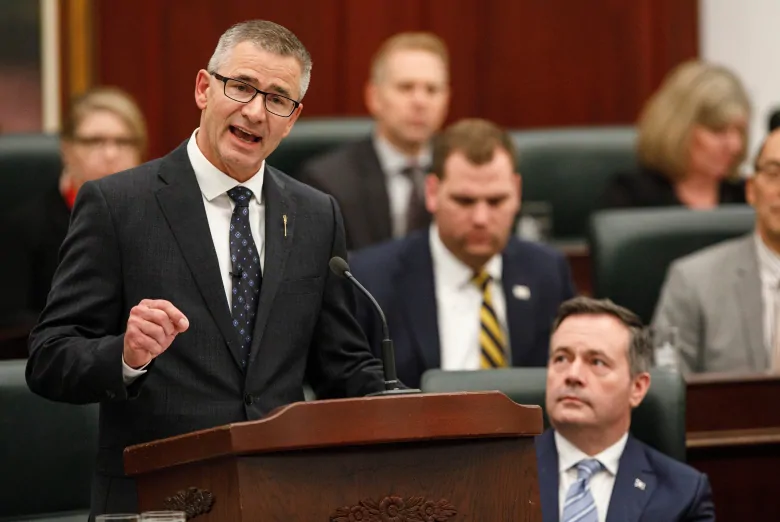OPEC faces 'make-or-break' decision on oil production

OPEC and its allies meet regularly to assess the supply and demand for oil around the globe, but few gatherings have happened under such volatile and trying circumstances.
COVID-19’s spread has weighed mightily on stock markets and oil prices in recent weeks, with experts still trying to assess the risk the virus poses worldwide.
For OPEC, the situation is another big test of the cartel’s ability to stabilize oil prices when struck with unexpected turbulence.
“It’s very important,” said Judith Dwarkin, chief economist of RS Energy Group in Calgary.
“They’re facing a make-or-break decision about how to respond to COVID-19 disease, which has now spread beyond China and does pose a threat to global public health and the global economy.“
While the impact of the illness on citizens’ welfare is a paramount concern, markets are growing increasingly troubled about the blow it will have on world economies.
Global oil prices have fallen 20 per cent since the start of the year as the novel coronavirus has spread.
In Canada, a downturn in oil prices might not only have an impact on the revenues of oil companies but government coffers, too.
Last week, Alberta revealed a provincial budget built in part on oil prices averaging $58 US a barrel in North America. On Monday, oil prices closed a little above $47 US a barrel.
Members of OPEC and their allies are meeting this week at the group’s headquarters in Vienna, Austria.
OPEC, Russia and other producers already have a deal in place to cut output from Jan. 1 by 2.1 million barrels per day (bpd), a figure that includes additional voluntary cuts by Saudi Arabia.
But that has not been enough to counter the impact of the virus on China, the world’s biggest oil importer, and on the global economy, as factories are disrupted, fewer people travel and other business slows, curbing oil demand.
“China is the front line for impact in the first quarter [of the year],” Dwarkin said.
“We estimate roughly 900,000 barrels per day has probably been sliced out of China’s oil demand. So the need to make a decision to deepen cuts is important.”
On Tuesday, officials indicated they were considering deeper cuts in a bid to lift crude prices.
Reuters reported a panel of OPEC and its allies recommended cutting oil output by an extra one million bpd on Tuesday signalling that Russia and Saudi Arabia were moving closer to a deal to prop up prices.
Leading into this week’s meetings, some experts anticipated the cartel’s cut might amount to only 600,000 bpd — a figure that might have underwhelmed the market given current uncertainty.
Indeed, things are moving quickly and analysts are trying to understand just how the virus’ spread will impact economic activity, especially consumer activity.
Denton Cinquegrana, chief oil analyst at the Oil Price Information Service by IHS Markit, said it seems like China may be turning a corner, but the virus is only beginning to impact people in the U.S.
“Here, in the United States, you’re starting to see a little bit of the panic and spread of the virus start to take place and have an impact on demand,” he said.
“The demand impact we may not know for really a couple months down the road.”
Cinquegrana said if OPEC agreed to just the 600,000 bpd cut, Saudi Arabia may go “a little bit on their own” to bring the number closer to one million bpd.
“That may be enough to get it back close to the $50-a-barrel level,” he said. “But, again, there’s some real concerns about demand going forward.”
A cut in U.S. interest rates on Tuesday offered only limited support for crude ahead of the OPEC meetings on Thursday and Friday.
The price of West Texas Intermediate crude, the North American benchmark, closed up 43 cents at $47.18 US per barrel on Tuesday. Brent crude, the global benchmark, fell four cents a barrel to settle at $51.86 US a barrel.
Dwarkin said COVID-19 has made OPEC’s work an even heavier lift this week.
“But as one former Saudi oil minister said, OPEC is like a teabag,” Dwarkin added.
“It works best when it’s plunged into hot water. Well, it’s definitely in hot water right now.”





